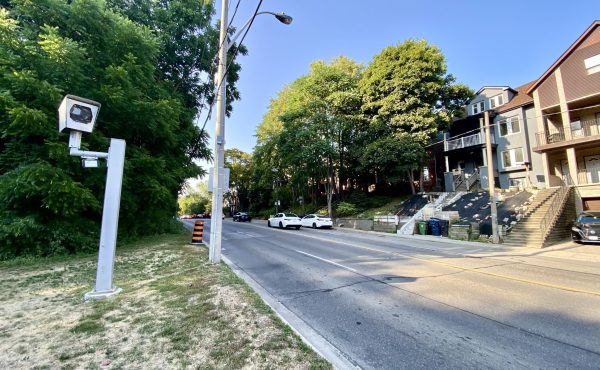I just finished a curious little book called Urban Code: 100 Lessons for Understanding the City. It’s by two Swiss architects who look at the thriving Soho district of New York City and derive a nice round 100 lessons about what makes it work. Each lesson is given a short, pointed explanation and a charming hand-drawn illustration. Quite a few are accompanied by a relevant quote from a small selection of basic works on public space (William Whyte, Jane Jacobs, Alexander Christopher) or a black-and-white photograph.
Some of these lessons might apply to many places (“42: People walk more slowly in the afternoon”), others are pretty specific to Soho (“38: Wares are stored in the cellar”). A few are poetic (“67: Pedestrians lost in thought are not lost”), others are gnomic (“100: Fractures create friction”). Most of them are not particularly new or surprising if you’re familiar with ideas about public spaces, but their accumulation gives a good sense of how many different details work together to make a successful neighbourhood.
Here are a couple of quotes:
26: A block consists of many buildings
… When people shape their own surroundings, they inflect the atmosphere of a place with character. This activity is the basis for creating attractiveness and exchange, and it cannot be imitated by targeted urban planning.
55: Crossroads are public squares
… [The crossroads] is at once an intersection of the most diverse streams of traffic, and a place of coincidental meetings, a place for reflection, a place full of decisions and a place of heightened attention.
It’s not a must-read by any means, but it’s a quick read and good for stimulating one’s thinking about public spaces, urban planning and walkability.




